Large variability in the selection procedures
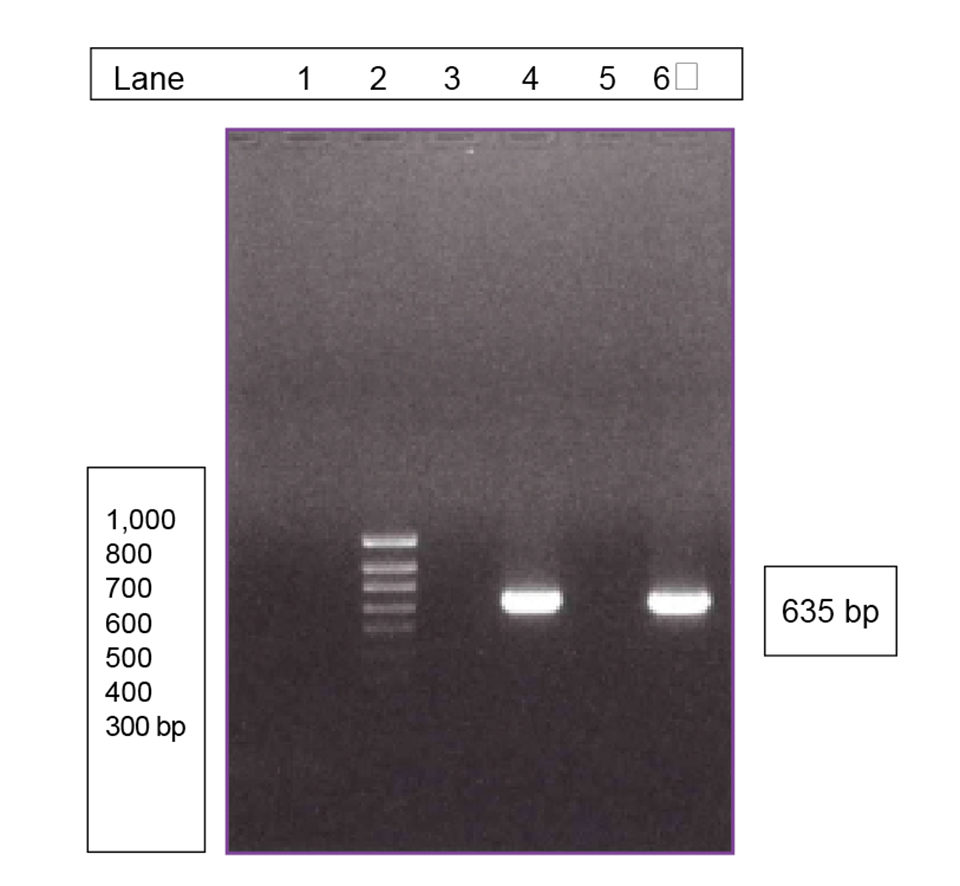
The application of beneficial bacterial probiotics has been considered a valid alternative to the prophylactic use of antibiotics for the control of bacterial pathogens in aquaculture. Numerous microorganisms are used as probiotics in the field of aquaculture, but true probiotics are microbes that occur naturally in shrimp or fish, and their environments. Through competition with bacterial pathogens for nutrients and/or inhibition of their growth, probiotics alter the composition of the microbial communities in rearing environments and improve the shrimp or fish health.
Issues
The origins of the microorganisms sold as probiotics range from terrestrial or aquatic animals to soil, wastewater, and even fermented products. Furthermore, there is large variability in the selection procedures applied. Some strains are initially selected for their performance in aquaculture environments, whereas others are selected for their performance in completely different environments.
This had led to a confusing situation where aquaculturists are simultaneously offered probiotic bacteria developed and produced with proof of performance and safety, and other microorganisms that, although safe to humans, may never have been tested in aquaculture. Some “probiotics” could even be potentially pathogenic to humans and/or aquaculture species.
Probiotic strain safety
As part of research and development, the performance of probiotics and their safety to target organisms are obviously investigated. However, others issues have to be considered when assessing the safety of probiotic products.
Following the correct identification of probiotic strains, those recognized as pathogenic to aquaculture organisms or listed as risk microorganisms should be discarded. For example, despite its promising results in live food production, a strain of Cytophaga had to be discarded because of possible risks to fish larvae and hazards associated with pathogens identfied in category risk two by organizations like the American Biological Safety Association.
Also included on such category two lists are other bacteria genera proposed or sold as probiotics, including Aeromonas, Enterobacter, Enterococcus, Streptococcus, and Vibrio. Among Bacillus, B. anthracis, B. cereus, and B. thuringiensis are listed.
Enterococcus species are important bacteria for the ripening and aroma development of certain traditional cheeses and sausages, and are also used as probiotics. However, the role of enterococci in diseases like bacteraemia and endocarditis has raised questions on their safety. For example, an Enterococcus was found to cause severe mortalities among farmed turbot in northwest Spain.
Safety requires confirmation
Numerous probiotic strains are considered safe due to their common occurrence either in foods or as normal commensals in the human gut. This is the case of many lactic bacteria. On the other hand, strains isolated from aquatic environments and without close relation to well-studied species do not have this long history.
The potential of Roseobacter strains as probiotics has been reported, but the limited research carried out on this genus might hamper the identification of pathogens. For example, a member of the Roseobacter Clade bacteria has been implicated in Juvenile Oyster Disease outbreaks in Maine, USA.
Confirming the safety of such isolates to humans and the environment would require much time and effort. Having confirmed the safety of individual probiotic strains, these should be deposited in a recognized culture collection.
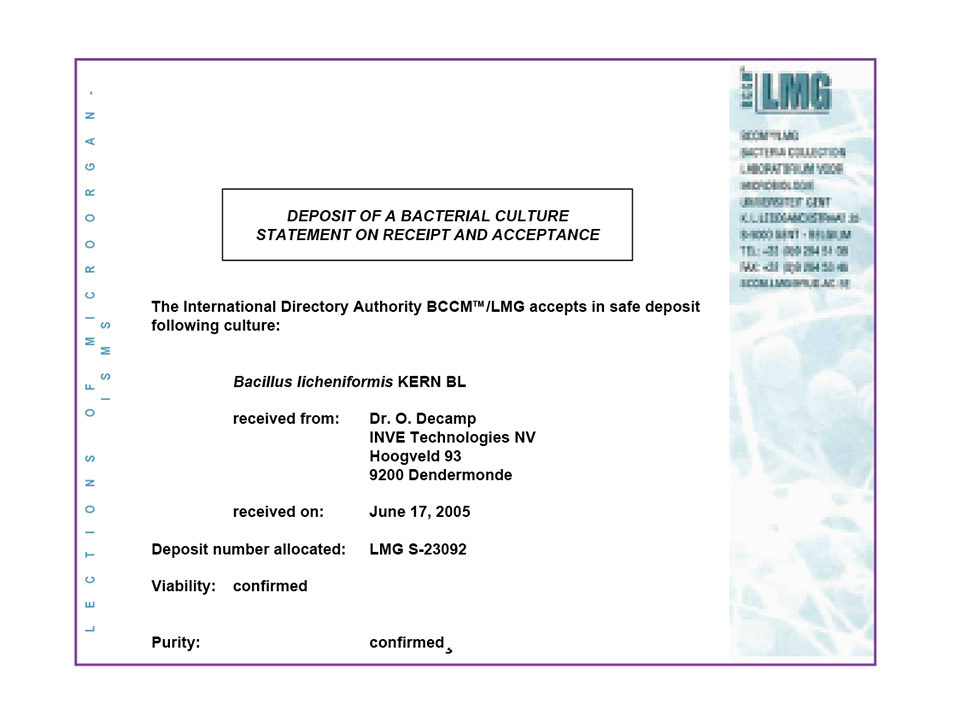
Antibiotic resistance
Most bacteria are resistant to some antibiotics. Bacteria multiply rapidly, going through many cell divisions a day. Some cells can acquire random genetic mutations that provide resistance to an antibiotic, giving them a competitive advantage when faced with that antibiotic.
Screening for antibiotic resistance aims to prevent strains that carry transmissible antibiotic resistance genes from disseminating the resistances to human or animal pathogens. For instance, in 2003, Gevers et al. reported that tetracycline-resistant Lactobacillus isolates were able to transfer in vitro this resistance to Enterococcus faecalis and Lactococcus lactis subsp. Lactis.
Bacillus testing
Bacillus are ubiquitous bacteria found not only in soil, fresh water, and sea water, but also in crustacean, fish, and even human gastrointestinal tracts. As mentioned above, some species of Bacillus are listed as risk microorganisms and should obviously be avoided. B. cereus strains can produce enterotoxins and an emetic toxin that causes food poisoning.
Certifying the absence of this species is desirable, but not sufficient. Bacillus-related food poisoning, although mainly associated with B. cereus, has also been linked to a lesser degree to B. subtilis or B. licheniformis because they have acquired the genes via horizontal gene transfer from B. cereus. Thanks to the intense research carried out on the Bacillus genus, commercial immunoassay kits or polymerase chain reaction assays for toxin genes are available to verify that Bacillus strains used as probiotics do not produce toxins.
Probiotic product safety
A commercial probiotic product requires a performing strain or combination of strains, but also an appropriate production method that decreases the risk of contamination during production, storage and, if required, preparation prior to application.
Microorganisms such as lactic bacteria and Bacillus can easily be produced at high concentration at a large scale. With their ability to form spores, Bacillus have the added advantage of a long storage duration under a range of conditions at low cost, whereas those that do not form spores would require low temperature for liquid products or costly freeze-drying for dry products.
Producing bacteria at high concentrations in the factory removes the on-site brewing step that can lead to contamination and possible risk to humans or target organisms, or reduced product performance, a consequence of possible change in the composition of the product after brewing.
Editor’s Note: Cited references are available from the authors.
(Editor’s Note: This article was originally published in the April/May 2006 print edition of the Global Aquaculture Advocate.)
Now that you've reached the end of the article ...
… please consider supporting GSA’s mission to advance responsible seafood practices through education, advocacy and third-party assurances. The Advocate aims to document the evolution of responsible seafood practices and share the expansive knowledge of our vast network of contributors.
By becoming a Global Seafood Alliance member, you’re ensuring that all of the pre-competitive work we do through member benefits, resources and events can continue. Individual membership costs just $50 a year.
Not a GSA member? Join us.
Authors
-
O. Decamp
INVE Technologies nv
Hoogveld 93, 9200
Dendermonde, Belgium[101,98,46,101,118,110,105,64,112,109,97,99,101,100,46,111]
-
D.J.W. Moriarty, Ph.D.
Centre for Marine Studies
University of Queensland
Queensland, Australia
INVE Aquaculture Health
Bangkok, Thailand
Tagged With
Related Posts
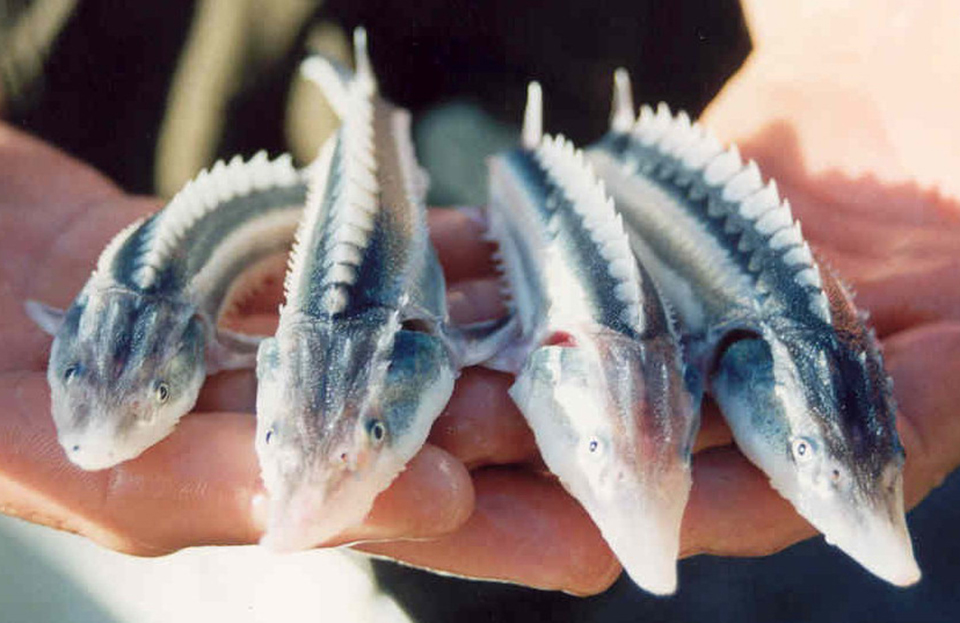
Health & Welfare
Artemia bioencapsulation delivers probiotics via digestive tracts of fish larvae
Research with sturgeon and carp species indicated that encapsulated artemia has high potential to carry probiotics or other beneficial microorganisms.
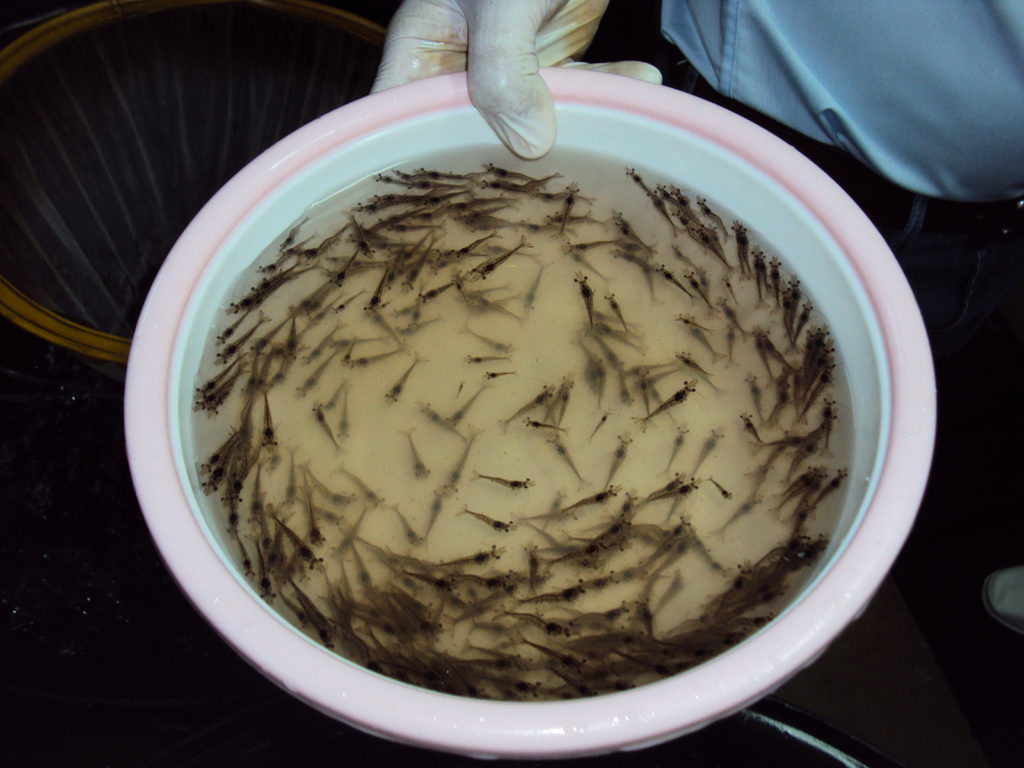
Health & Welfare
Assessment of supplemental Bacillus probiotics in whiteleg shrimp juveniles
Results of a feeding study supplementing probiotics in the diet showed that when the Bacillus species were complemented in an appropriate concentration into feeds, the growth and feed efficiency of whiteleg shrimp could be improved.
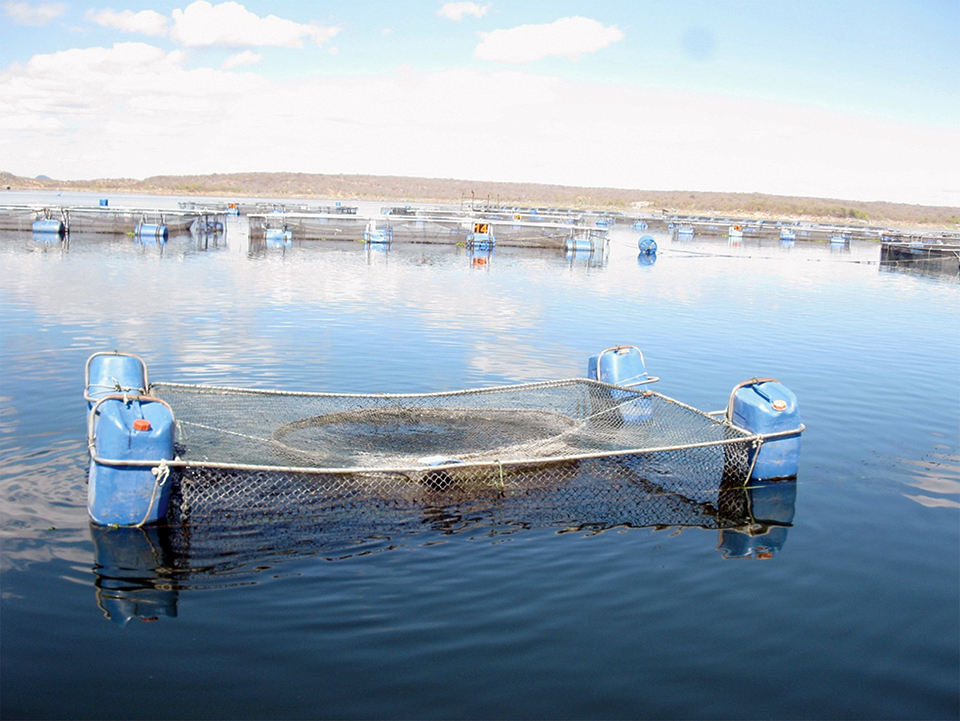
Health & Welfare
Bacillus probiotics benefit tilapia rearing under challenging conditions in Brazil
A recent study that evaluated the benefits of using probiotics with a balanced mixture of Bacillus bacteria strains to inhibit pathogenic bacteria in tilapia.

Health & Welfare
Bacillus probiotics improve hatchery, nursery production in EMS-hit Mexico
In early 2014, a trial to evaluate the effects of a mixture of Bacillus strains on early mortality syndrome bacteria during the larviculture and nursery phases for shrimp was carried out at a commercial hatchery in Mexico.


